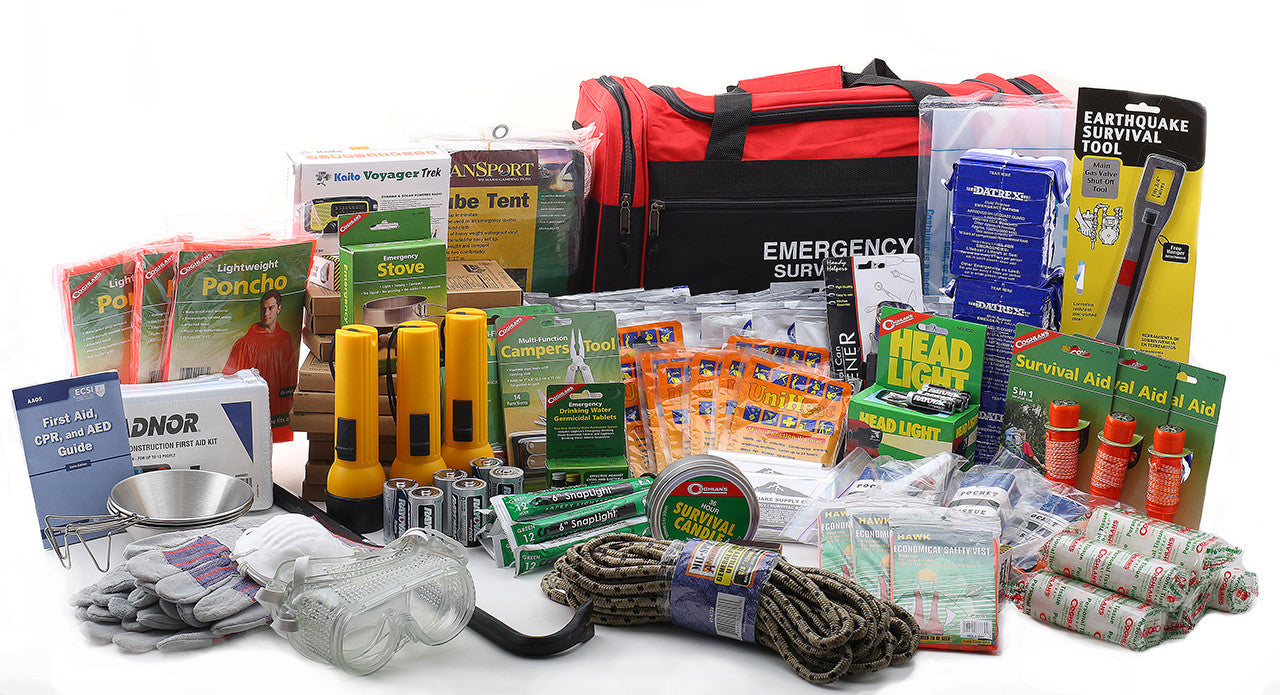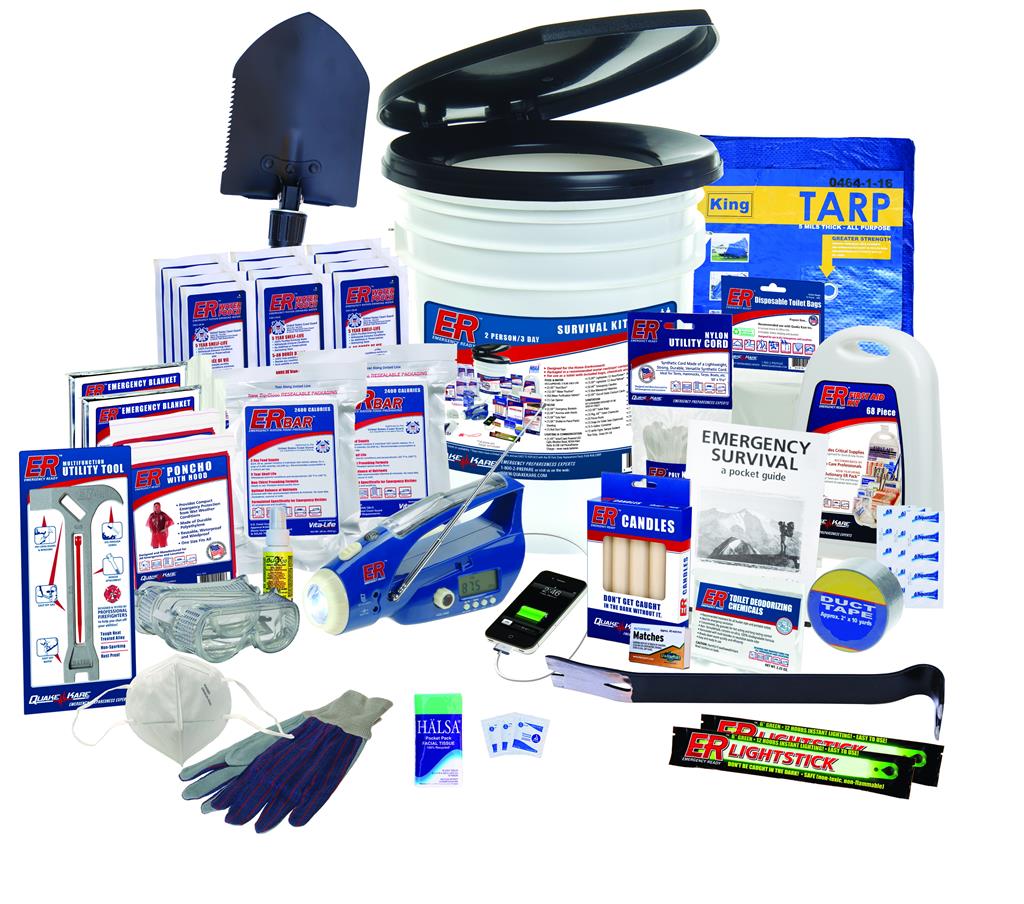Remain Safe with Emergency Preparedness: Specialist Tips and Strategies
Wiki Article
Just How to Develop a Detailed Emergency Situation Readiness Plan
In the realm of preparedness, establishing a thorough emergency plan is not just a task to check off a listing; it is a necessary keystone of any type of company or person's resilience method. From natural disasters to unforeseen dilemmas, the ability to prepare for, mitigate, and react efficiently can indicate the difference in between mayhem and control. By diligently crafting a strategy that deals with different aspects of emergency situation monitoring, consisting of danger assessment, communication methods, resource allocation, and calculated decision-making, one can lay a solid foundation for protecting lives, properties, and procedures. Nonetheless, the real effectiveness of such a plan exists not just in its development yet likewise in its continuous upkeep and adaptation to evolving hazards and obstacles.Relevance of Emergency Preparedness
Emergency readiness is important for mitigating potential dangers and ensuring the safety of people and neighborhoods. In today's globe, where natural calamities, public wellness crises, and other emergencies can strike without warning, being prepared can make a significant difference in lessening the influence of these events. By having a well-thought-out emergency preparedness strategy in position, companies and people can respond efficiently, shield lives, and decrease property damages.Among the primary reasons that emergency situation preparedness is crucial is its duty in saving lives. When emergency situations occur, having a plan that outlines clear procedures for emergency situation, discharge, and interaction response can assist individuals act quickly and decisively. This can avoid injuries and casualties by guaranteeing that people know what actions to require to stay safe
Additionally, emergency situation preparedness boosts the durability of communities. By cultivating a culture of readiness and preparation for different situations, communities can get better more quickly from disturbances and disasters. This durability is crucial for maintaining stability, connection of procedures, and total health in the face of hardship.
Assessing Prospective Dangers
Thinking about the relevance of being prepared for unexpected events, the preliminary step in establishing an efficient emergency situation readiness strategy entails extensively reviewing and assessing potential threats. This assessment requires a comprehensive review of all feasible threats that can influence the company, considering factors such as area, sector, and historical data on incidents. By identifying these threats, companies can prioritize their readiness initiatives and allot sources efficiently to reduce the most significant risks.Common dangers that organizations may encounter include natural disasters like earthquakes, floodings, or cyclones, technological threats such as power interruptions or data violations, in addition to human-caused risks like crashes or deliberate acts of violence. Carrying out a threat evaluation also entails taking into consideration the prospective impact of these events on the company's operations, staff members, clients, and online reputation. By carrying out a comprehensive threat assessment, organizations can create tailored emergency action strategies that address their details susceptabilities and guarantee reliable preparedness for any type of potential crisis.
Creating a Communication Strategy
Establishing a detailed and clear communication strategy is necessary for effective emergency preparedness within companies. In times of crisis, communication plays a vital duty in guaranteeing the safety and security and well-being of staff members, stakeholders, and the neighborhood. A well-balanced interaction plan need to outline clear lines of communication, assign key workers liable for interaction jobs, and establish procedures for sharing details swiftly and properly.One key aspect of creating an interaction plan is determining main and alternate interaction networks (EMERGENCY PREPAREDNESS). These can include email, message messaging, phone trees, social media systems, and public address systems. It is important to make certain that these networks are dependable, easily accessible, and regularly tested to guarantee their efficiency during emergency situations

Structure an Emergency Situation Package
Given the vital importance of preparedness in times of situation, a crucial component that companies must deal with is the establishment of an emergency situation kit. An emergency situation package functions as a critical source that can help mitigate the impact of unforeseen occasions, making certain that essential products and tools are readily offered when needed most. When constructing an emergency kit, it is important to consider the certain requirements and scenarios of the organization. Fundamental items such as water, non-perishable food, emergency treatment products, flashlights, batteries, and a battery-powered radio are essential components of any emergency set. In addition, companies must include vital records, such as get in touch with listings, insurance policy information, and emergency situation reaction strategies, in waterproof containers within the kit. Frequently evaluating and upgrading the components of the emergency package is imperative to ensure that products are practical and present. By proactively preserving an emergency and building package, companies can improve their readiness to efficiently reply to crises and secure their properties and employees.Establishing Emptying Treatments
To guarantee the safety and security and organized emptying of workers throughout emergencies, companies need to develop effective and clear evacuation procedures. Emptying treatments must encompass a variety of possible scenarios, including fires, all-natural calamities, or other emergency situations that call for swift emptying.
In addition, companies must develop a system for bookkeeping for all personnel during an evacuation to ensure that everybody has securely exited the premises. Communication plays an essential role in emptying procedures, with clear instructions on exactly how to leave and when to do so. Normal review and updating of emptying procedures based upon responses and transforming conditions are important to keeping the effectiveness of the plan.
Verdict
To conclude, developing a detailed emergency situation preparedness strategy is vital for guaranteeing the security and health of individuals in the event of a disaster (EMERGENCY PREPAREDNESS). By analyzing prospective dangers, producing an interaction plan, constructing an emergency situation package, and establishing emptying people, treatments and companies can be better geared up to respond efficiently to emergencies. It is necessary to prioritize preparedness initiatives to alleviate the impact of disasters and protect lives and homeIn the realm of preparedness, developing a thorough emergency situation plan is not simply a task to check off a checklist; it is a crucial keystone of any kind of organization or individual's durability method. When emergency situations happen, having a strategy that details clear procedures for emergency, interaction, and evacuation feedback can assist people act swiftly and emphatically. go to this site. By conducting a comprehensive threat analysis, companies can develop customized emergency situation feedback strategies that resolve their this link specific vulnerabilities and make sure reliable readiness for any kind of possible crisis
Developing a clear and extensive interaction plan is vital for reliable emergency situation preparedness within companies. By evaluating potential risks, creating an interaction strategy, constructing an emergency situation package, and developing evacuation companies, procedures and individuals can be better geared up to respond efficiently to emergencies.
Report this wiki page